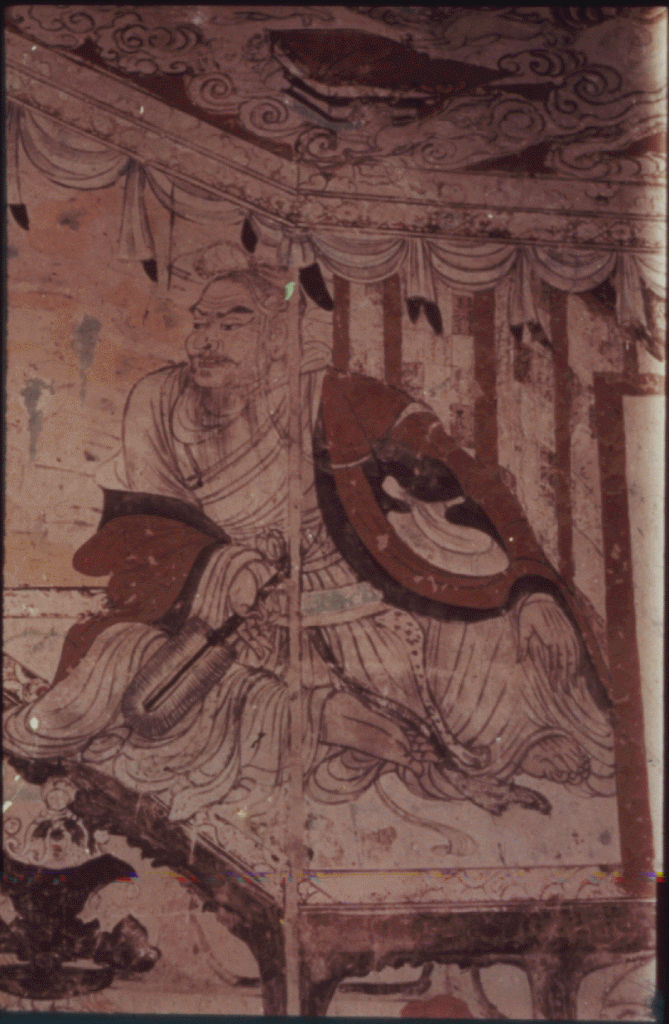The famous holy layman Vimalakirti (5th-6th BCE-??) from the great city of Vaishali was the first incarnation of Dorje Chang Buddha into this world. He demonstrated amazing supernormal powers and taught Shakyamuni Buddha’s disciples the Bodhisattva Path of the Mahayana and why it was superior to the Path of the Arhat. He focused on the explication of the meaning of nonduality and expounded the doctrine of emptiness or Sunyata in depth–eventually resorting to silence. The sutra also demonstrates that monks should not per se be considered superior to the laity. The Buddha recognized that all four types of disciples–monks, nuns, lay men and lay women–could become accomplished.
This sutra by Vimalakirti was the only ancient writing other than the words of Shakyamuni Buddha that could be considered a true “sutra.” Other works, even the so called “Platform Sutra” or the “Sutra of Hui Neng” should be considered commentaries, not sutras as they were not spoken by a Buddha or based on correct doctrines expounded by a buddha.
The Vimalakirti Sutra is a brief and popular scripture and is considered one of the most profound and literarily excellent of all the Indian Mahayana sutras. It stands out for its conciseness, its vivid and humorous episodes, and its dramatic narratives as well as its profound teachings. This translation is from the Tibetan Canon, but other excellent versions from the Chinese Canon have also been translated into English, Spanish, and other Western languages.
Translated by Robert A. F. Thurman

